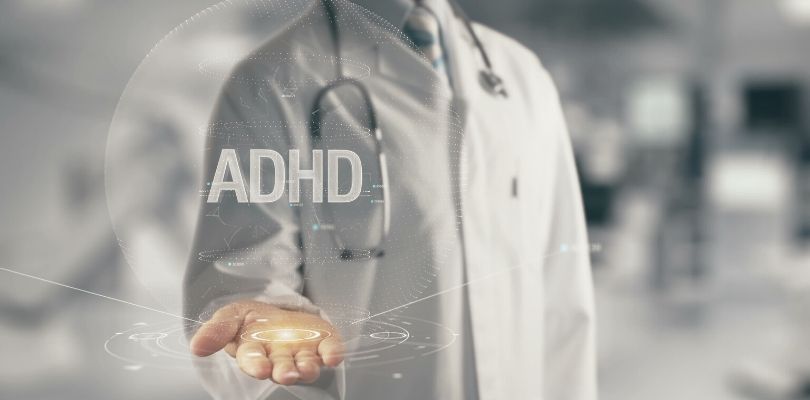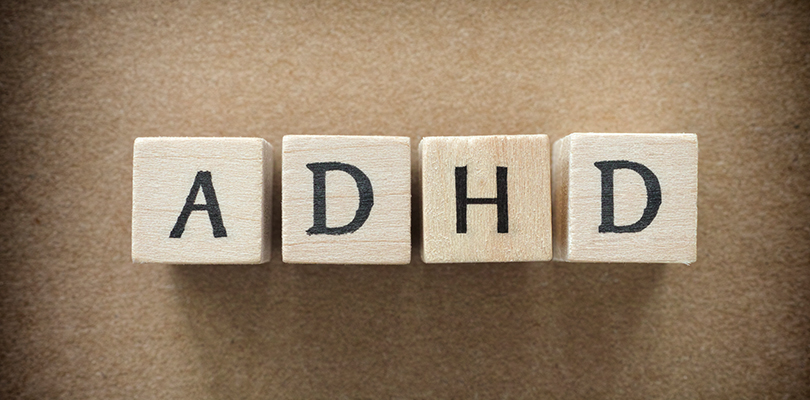Types of ADHD in Adults
ADHD is a psychiatric disorder. Contrary to popular belief, ADHD does not make it difficult for you to pay attention. In this article, we will talk about types of ADHD in adults.
With ADHD, it prevents a person from focusing their attention on things they may not be interested in. People with ADHD are always paying attention to something or someone who interests them in some way.
Symptoms of ADHD
Symptoms in ADHD can vary as it affects everyone differently, but here are the main signs to watch for:
- Have impaired executive function (your ability to govern yourself is diminished)
- Easily be distracted due to boredom
- Over-focus on things, often the wrong thing at the wrong time
- Have lower than normal amounts of a “motivational” chemical in your brain known as dopamine. To give you an idea of dopamine’s importance, you cannot be happy without dopamine.Everyone feels bored at some point. Except the effects of boredom are twice as worse with ADHD. People with ADHD are more likely to get bored too, so it is heightened.
ADHD in Adults
Most of the talk about ADHD focuses on children. If you research the term "ADHD", most of the search results will discuss ADHD in children. However, every ADHD child becomes an adult ADHD sooner or later.
As an adult with ADHD, you might feel like nobody understands you. The average person misunderstands ADHD. Before you read any further, no one should feel ashamed for having ADHD.
There are many successful business owners and employed adults with ADHD. Your ADHD ancestors managed to pass down ADHD for thousands of years because it can be a valuable genetic trait.
The Three Types of ADHD in Adults
It is possible for you to have one type of ADHD, then receive a new diagnosis for a different type two years later. Here are the different types of ADHD adults may experience.
Inattentive ADHD
Inattentive ADHD makes it difficult for you to control your attention, organize and remember.
Someone may have difficulty listening and following directions. To others, someone may appear irresponsible and, to employers, inefficient. Many adults with ADHD get fired for being “too slow”.
The symptoms of inattentive ADHD in adults include:
- Being late to everything. Meetings, appointments, work, school.
- Getting distracted during activities, causing you to waste your time or appear like you’re procrastinating.
- Getting distracted during conversations or while listening. If the conversation topic is boring you, or you sense something more stimulating, you will get distracted.
- Forgetfulness. You usually forget simple things, like your phone or car keys.
- Difficulty organizing notes, work documents, household items, bedroom items, any information
- Taking longer than others to process information.
- Zoning out of conversations. Someone could be talking to you from two feet away and you will still zone out.
We look into the link between depression, suicide, and ADHD, as well as how ADHD differs among males and females.
Hyperactive-Impulsive ADHD
Compared to inattentive ADHD, this type of ADHD is more noticeable. As the name suggest, someone with hyperactive ADHD moves a lot and usually acts without thinking.
Adults tell children to think before they do something. For someone with hyperactive-impulsive ADHD, it is not easy.
The symptoms of hyperactive-impulsive ADHD in adults include:
- Lack of self-control
- Saying the wrong thing at the wrong time
- Neglecting priorities
- Acting on a thought or desire without considering the consequences
- Not able to sit still for long periods of time
- Constantly moving some part of your body. When you have an anxiety
- Inability to manage your emotions
- Switching from one task to another often
- Grabbing things from people without asking
- Risky behavior. You are more likely to engage in risky behavior than the average person, including crime and addiction
disorder with ADHD, this becomes more obvious because you move to relieve anxiety.
Combined ADHD
To be diagnosed with combined ADHD, you have to have six symptoms from each of the other two types of ADHD (12 total) for more than six months.
What it is Like to Be an Adult With ADHD
There are pros and cons to having ADHD as an adult. Let’s take a look at the pros first:
- You are more likely to discover and follow your passion in life, since nothing else can ever be as fulfilling and attention-grabbing.
- You are more likely to come up with original ideas since you cannot abide by “normal” social standards and ways of thinking. Many adults with ADHD excel in creative career paths.
- The odds of you hyper-focusing on a task you find urgent, challenging, interesting, or curious, are higher than for the average person. Hyper focus is a state of extreme focus lasting several hours where you forget everything except what you are currently doing. The activities which trigger hyper focus are unique in individuals.
- ADHD is easily treated, although expensive.
The cons of adult ADHD:
- Building and maintaining healthy relationships is difficult. You get angry too fast. You blurt out offensive statements too often. You do not give people enough attention when they want it.
- Keeping your job is difficult. Being late, being slow, or being different makes you more likely to get fired.
- You might be one of the 47% of people with ADHD who have an anxiety disorder. You are also at risk for having bipolar disorder, oppositional defiant disorder, terrets syndrome, sleep disorder, or a learning disorder.
- Up to 80% of all people with ADHD have a coexisting disorder (such as the ones mentioned above).
- Treatment is expensive whether you do it the “science way” (medication, therapy) or the “natural way”.
When to See a Doctor
ADHD in adults is manageable and it is not always a bad thing. It does not always affect your way of life, but if you are seeing shifts that affect how you function with daily tasks, make sure to seek medical help.







